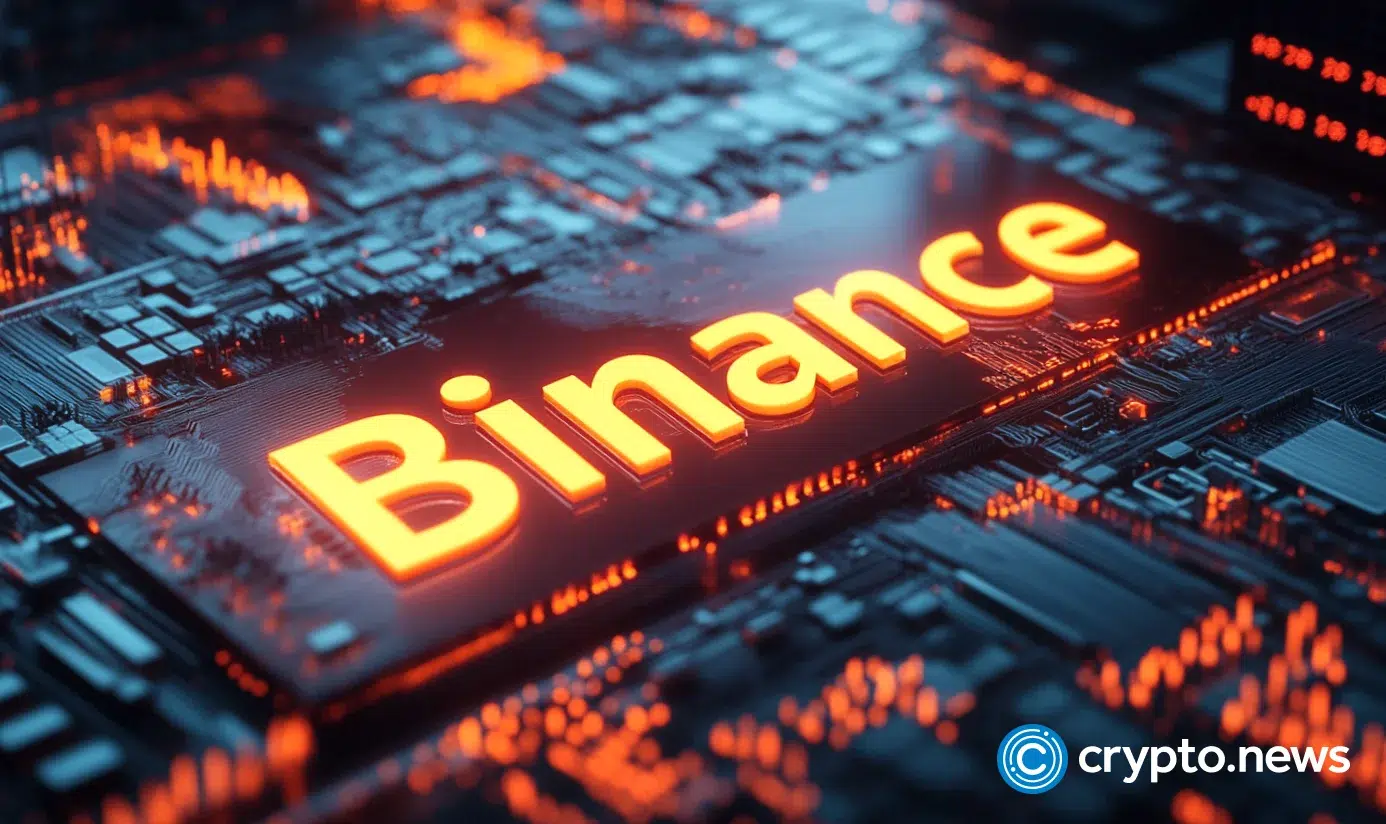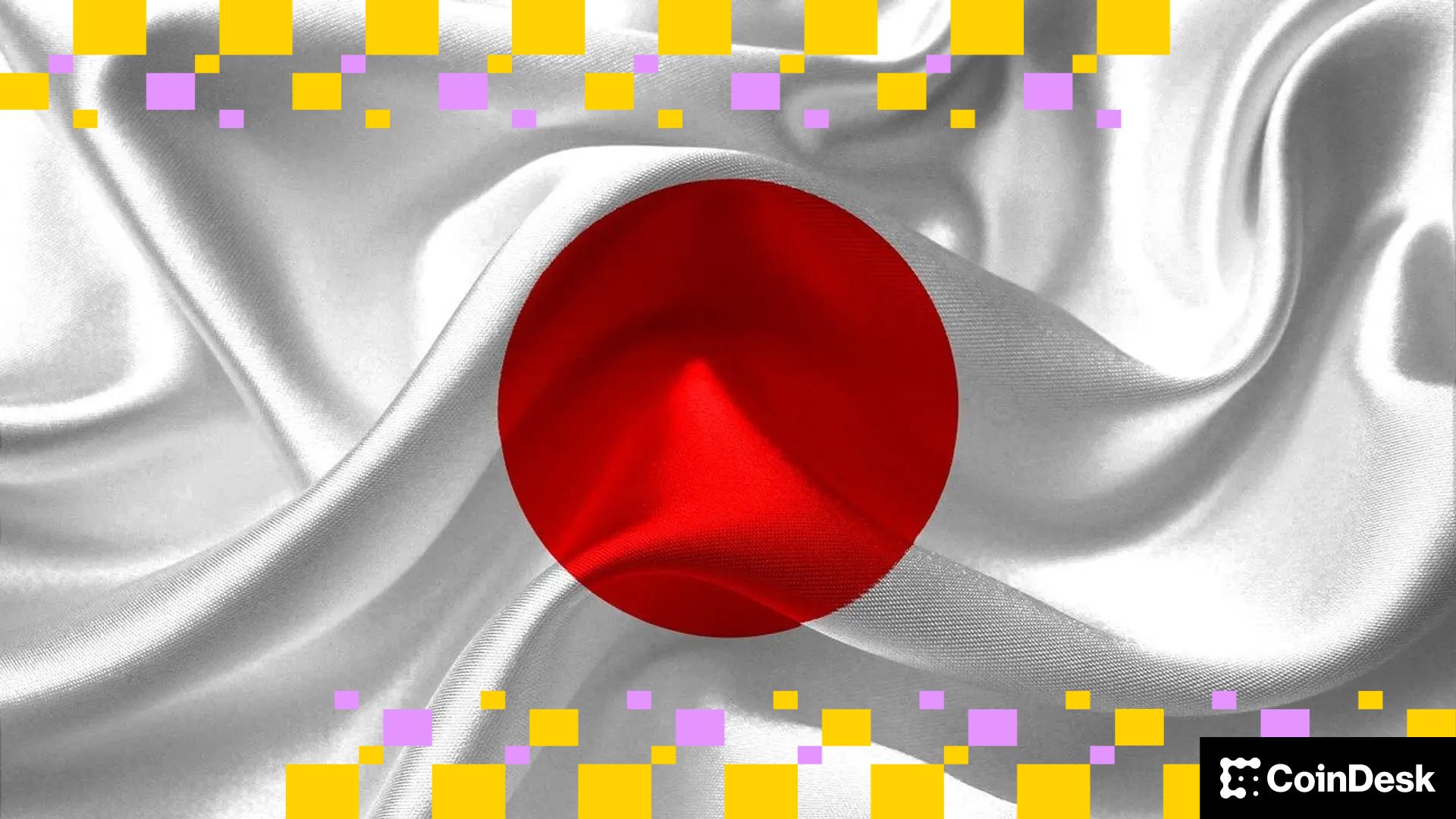Western Union to Launch Stablecoin on Solana With Anchorage Digital



Bitcoin Magazine

France Proposes National Bitcoin Reserve, Wants to Buy 2% of Bitcoin Supply
A pro-crypto bill will be tabled today in the French Parliament by the center-right Union of the Right and Centre (UDR) party, led by lawmaker Éric Ciotti, marking the first time such a comprehensive legislative proposal on cryptocurrency has been introduced in France.
The initiative calls for a national Bitcoin Strategic Reserve and aims to position the cryptocurrency as a form of “digital gold” to strengthen financial sovereignty.
The proposed legislation would see France aim to acquire up to 2% of Bitcoin’s total supply — roughly 420,000 BTC — over the next seven to eight years, according to journalist Gregory Raymond.
To manage the reserve, the bill envisions the creation of a Public Administrative Establishment (EPA), similar in structure to France’s gold and foreign-currency holdings.
Funding for the Bitcoin reserve would come from multiple sources. Surplus nuclear and hydroelectric energy would power public Bitcoin mining operations, with adapted taxation for miners to encourage domestic participation.
BREAKING:
— Bitcoin Magazine (@BitcoinMagazine) October 28, 2025French politician Éric Ciotti introduced a bill to adapt “the new monetary order by embracing Bitcoin and crypto.” pic.twitter.com/fS7ILfhPq3
Back in July, French lawmakers submitted a proposal to convert surplus electricity into economic value through Bitcoin mining. The bill outlined a five-year experimental program allowing energy producers to use excess power — particularly from nuclear and renewable sources — for mining.
The July initiative aimed to tackle France’s recurring issue of energy overproduction, as producers were often forced to sell surplus electricity at a loss due to limited storage. The proposal described this as an “unacceptable economic and energy loss.”
This new bill would also allow France to retain crypto seized during legal proceedings, and a quarter of funds collected via popular savings schemes, such as the Livret A and LDDS, would be allocated to daily Bitcoin purchases — approximately 15 million euros per day, or 55,000 BTC per year.
Pending constitutional approval, citizens could also pay certain taxes in Bitcoin.
The bill also emphasizes the use of euro-denominated stablecoins for everyday payments, recognizing them as a credible alternative to traditional payment networks.
Transactions under €200 would be exempt from taxation and social contributions, and payment of taxes in euro stablecoins would be allowed.
The proposal explicitly opposes a European Central Bank-controlled digital euro, arguing that a centralized CBDC could threaten financial freedoms and personal privacy.
To support industry development, the legislation proposes adapting electricity taxation for mining through a progressive excise duty and flexible tariffs for data centers. It also encourages institutional adoption of Bitcoin and other crypto-assets via Exchange Traded Notes (ETNs) and calls for revisions to European prudential rules, which currently impose high risk-weightings on certain crypto-assets, limiting the use of crypto as collateral for “Lombard” loans.
Despite its ambitious scope, the bill faces steep political hurdles. The UDR holds only 16 of 577 seats in the National Assembly, making adoption unlikely without broader support, per Raymond.
This post France Proposes National Bitcoin Reserve, Wants to Buy 2% of Bitcoin Supply first appeared on Bitcoin Magazine and is written by Micah Zimmerman.


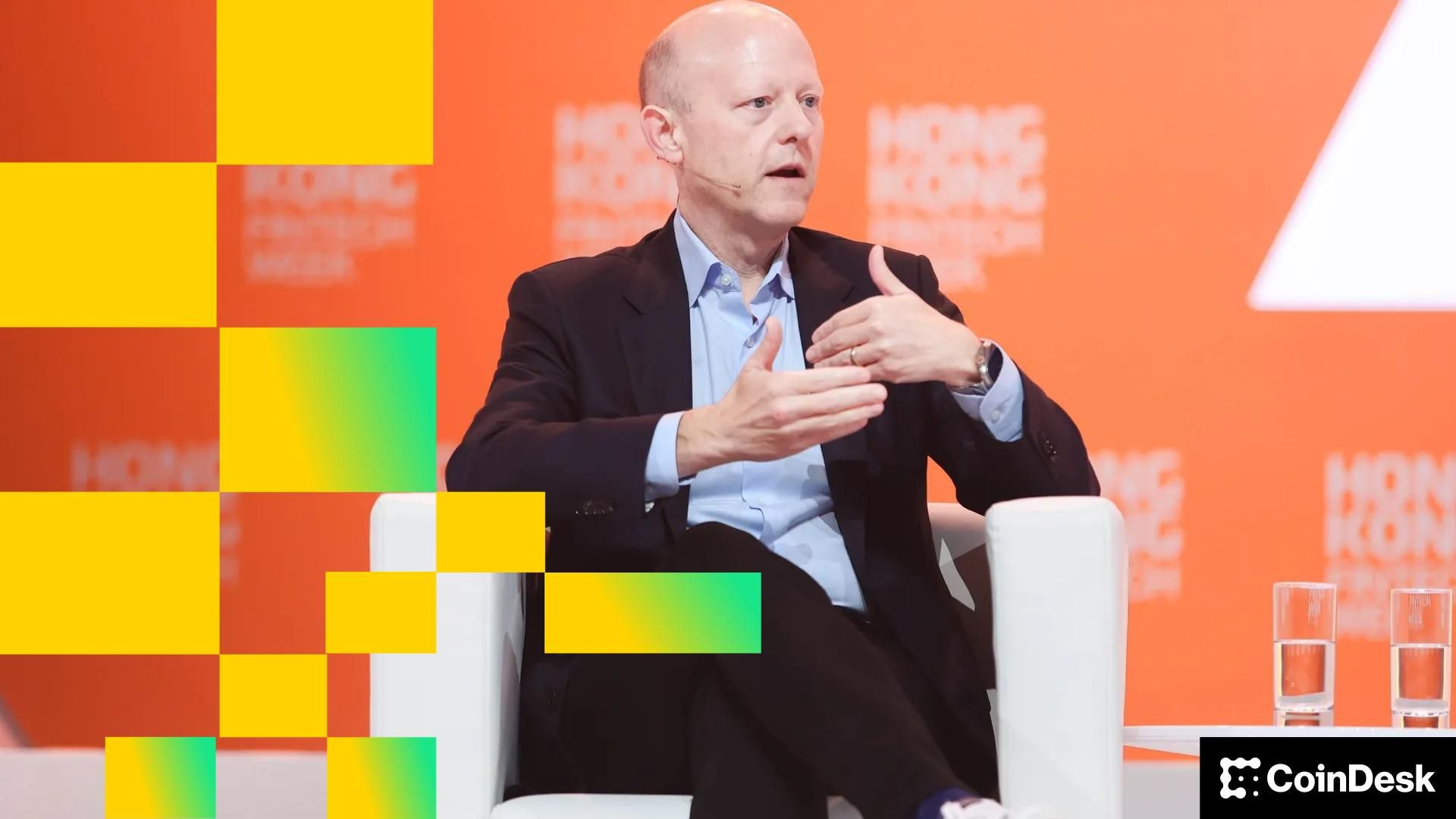

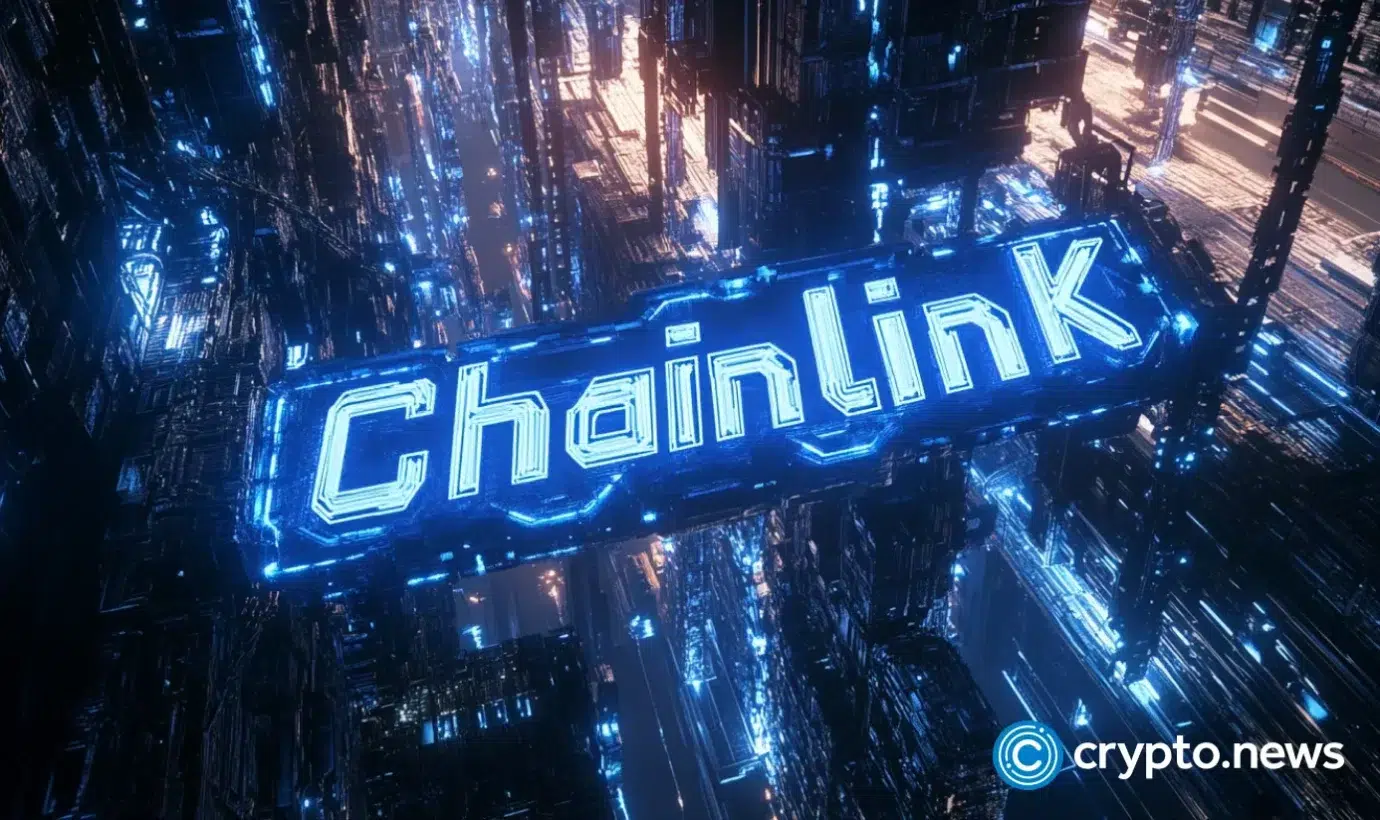
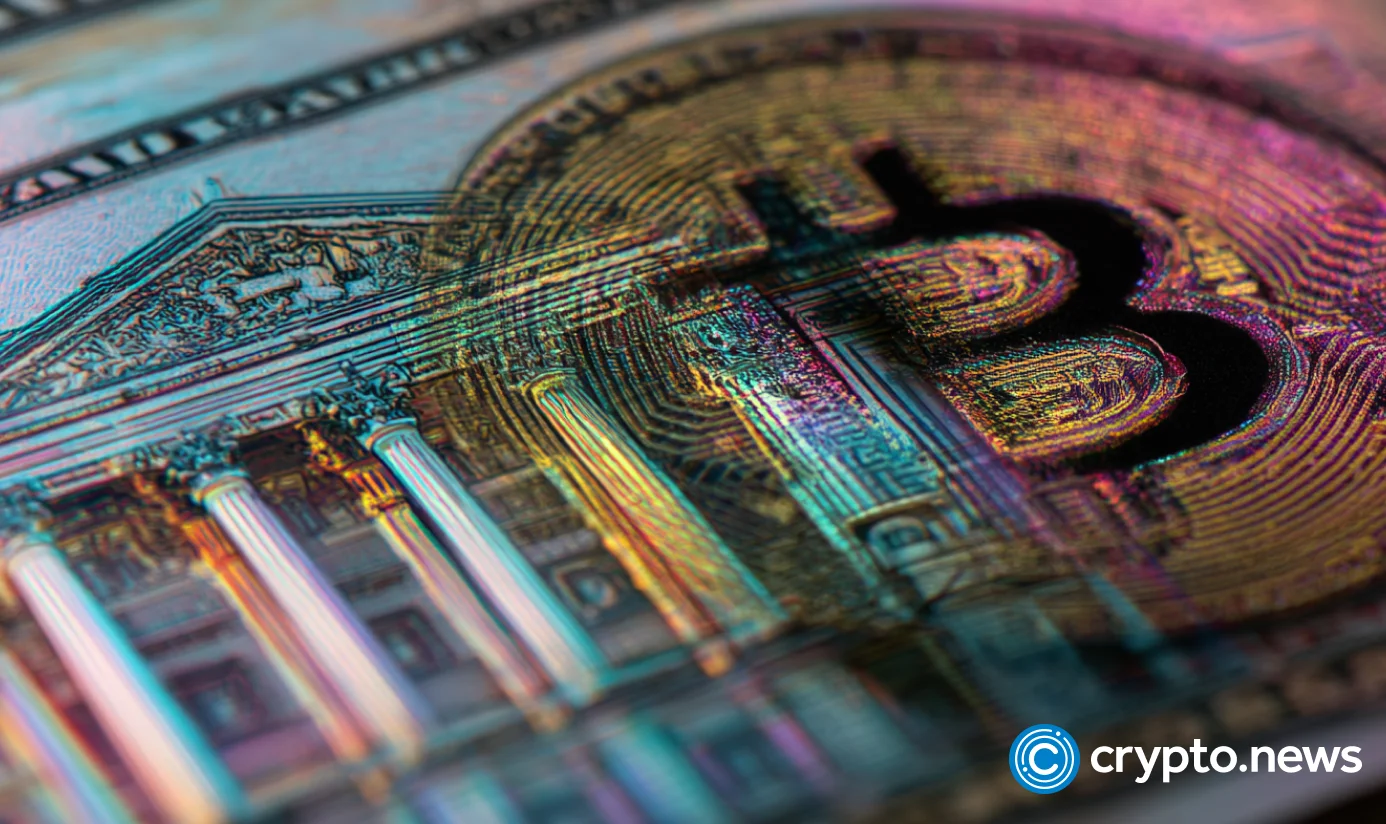
Citigroup Inc. and Coinbase Global Inc. are partnering to enhance digital-asset payment solutions for the bank’s corporate clients, marking another major step by a traditional financial institution toward embracing blockchain technology.
The collaboration reflects Wall Street’s growing interest in digital assets after years of regulatory caution and market volatility.
The initiative aims to make it easier for Citi’s institutional clients to move funds between cryptocurrencies and traditional fiat currencies — a long-standing challenge in the digital economy.
The move comes as banks and payment providers increasingly explore blockchain to enable faster, cheaper, and more efficient transactions across global financial networks.
The initial phase of the Citi-Coinbase partnership will focus on simplifying the process of converting crypto to fiat and vice versa, particularly for cross-border transactions.
Debopama Sen, head of payments for Citi Services, said the bank’s clients are increasingly seeking innovations that go beyond traditional transaction models.
Citi’s clients want “programmability and conditional payments and other cost and speed and efficiency aspects,” Sen said, emphasizing the growing demand for payment systems that can operate continuously and offer greater flexibility than conventional financial rails.
Sen added that Citi is also “exploring solutions to really enable on-chain stablecoin payments for our clients” in the coming months, noting that stablecoins could play a key role in the evolution of corporate payment infrastructure.
“Stablecoins will be another enabler in the digital payment ecosystem,” she said.
“It’ll help grow the space, it’ll help grow functionality for our clients.”
Stablecoins — cryptocurrencies typically pegged to fiat currencies such as the US dollar — have become one of the most promising use cases for blockchain technology.
They combine the efficiency of digital payments with the relative stability of traditional money, making them increasingly attractive for corporate transactions and settlements.
Citi’s “Future of Finance” team, led by Ronit Ghose, has projected that the global stablecoin market could surpass $1 trillion within five years, up from about $300 billion today.
This growth outlook underscores how blockchain-based assets are rapidly evolving from speculative investments to tools for practical financial operations.
The collaboration with Coinbase follows Citi’s earlier introduction of a blockchain platform that enables institutional clients to move tokenized deposits around the clock within the bank’s internal network.
This system offers clients real-time settlement capabilities, reducing the delays and costs associated with traditional payment systems such as ACH and wire transfers.
Coinbase, one of the world’s leading digital-asset exchanges, brings extensive infrastructure and experience to the partnership.
The company works with more than 250 banks and financial institutions globally, according to Brian Foster, Coinbase’s global head of crypto-as-a-service.
“Coinbase has spent years developing very specialized infrastructure,” Foster told Bloomberg News, adding that traditional financial institutions are increasingly seeking partnerships across various crypto-related services — from spot and derivatives trading to custody, staking, and payments.
Foster said that growing interest in stablecoins, crypto exchange-traded funds (ETFs), and tokenized assets is prompting more financial institutions to engage with blockchain-based systems.
As Citigroup and Coinbase explore new ways to bridge traditional banking and digital assets, their collaboration signals how mainstream finance is steadily integrating blockchain into its infrastructure — moving beyond experimentation toward real-world adoption.
The post Citigroup and Coinbase partner to expand digital-asset payment capabilities appeared first on CoinJournal.

Japan has officially stepped into the regulated stablecoin era with the launch of JPYC EX, the country’s first fully licensed digital yen under the revised Payment Services Act. This milestone marks a pivotal moment for Japan’s financial sector, bridging traditional banking infrastructure with the Web3 ecosystem.
Building on earlier versions of JPYC, the new JPYC EX is designed to serve as a compliant, yen-backed stablecoin connecting the nation’s banking system to blockchain-based commerce, DeFi applications, and cross-border payments. With full legal authorization and asset backing, it positions the yen as a future cornerstone in global digital finance.
According to CryptoQuant, the total stablecoin market capitalization has now surpassed $150 billion, forming the backbone of liquidity for crypto markets, DeFi protocols, and global payments. Analysts from Citi and Bloomberg project that this figure could expand to between $1.6 and $4 trillion by 2030. Within that rapid growth, JPYC is forecasted to capture roughly 2% of the market, reaching a valuation of around $70 billion.
 A Fully Regulated Digital Yen Bridging Japan’s Finance and Web3
A Fully Regulated Digital Yen Bridging Japan’s Finance and Web3
What distinguishes JPYC EX from other stablecoins is its combination of regulatory clarity, asset backing, and technical versatility. Domestic bank deposits and Japanese government bonds fully collateralize each token, ensuring complete transparency and stability. This structure makes JPYC EX one of the world’s most legally robust stablecoins. A benchmark for compliance-driven innovation in digital finance.
Built on Ethereum, Polygon, and Avalanche, JPYC EX provides instant yen transfers with near-zero fees. Making it a practical tool for businesses and individuals alike. It supports commerce, payroll, peer-to-peer payments, and DeFi applications, offering the efficiency of blockchain without sacrificing legal or operational safeguards.
JPYC EX also aligns closely with Japan’s digital transformation strategy, which aims to merge traditional finance with emerging Web3 systems. By serving as a settlement layer for e-commerce platforms, NFT marketplaces, and cross-border transactions, the stablecoin enables instant yen transfers across Asia, lowering costs and increasing accessibility for international trade.
Looking ahead, analysts forecast JPYC’s market capitalization could reach $70 billion by 2030. It represents roughly 2% of the global stablecoin market. This growth potential underscores Japan’s ambition to establish the digital yen as a key pillar of the decentralized global economy. With its blend of regulatory trust, technological precision, and global reach, JPYC EX may redefine how national currencies operate in the Web3 era.
The chart shows that stablecoin market dominance currently sits around 8.31%, following a sharp rise earlier in October that pushed the ratio above 9%. This level often signals heightened demand for liquidity and safety, as traders move capital into stable assets amid market uncertainty.
Over the past few months, dominance has steadily climbed from the 7.3%–7.5% range, reflecting a cautious sentiment as Bitcoin and major altcoins face selling pressure. However, the recent pullback suggests that some funds are beginning to rotate back into risk assets, a potential early sign of market stabilization.
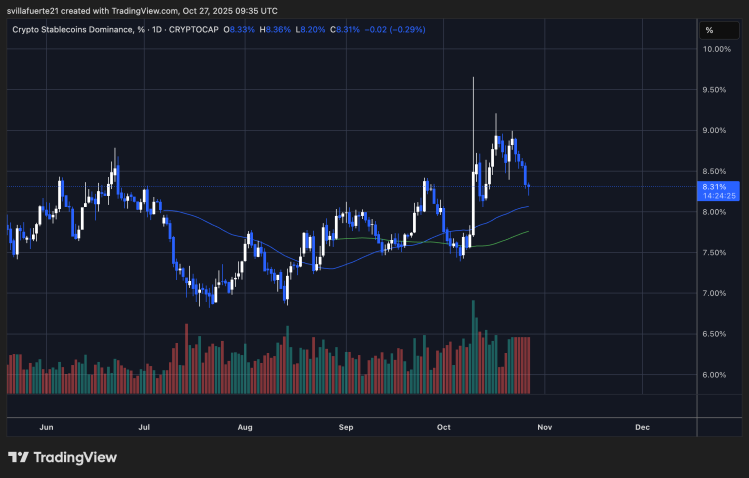
Technically, the dominance remains above both the 50-day and 200-day moving averages, indicating a broader uptrend in liquidity positioning. If this level holds, it may serve as a buffer during continued volatility. Conversely, a sustained drop below 8% could signal that traders are redeploying capital into crypto assets, possibly fueling short-term rallies.
Stablecoin dominance remains elevated — a sign that market participants still prefer holding dry powder. Until dominance begins a more decisive decline, this cautious stance will likely persist, underscoring the market’s fragile balance between risk-off sentiment and the readiness for re-entry into volatile assets.
Featured image from ChatGPT, chart from TradingView.com




